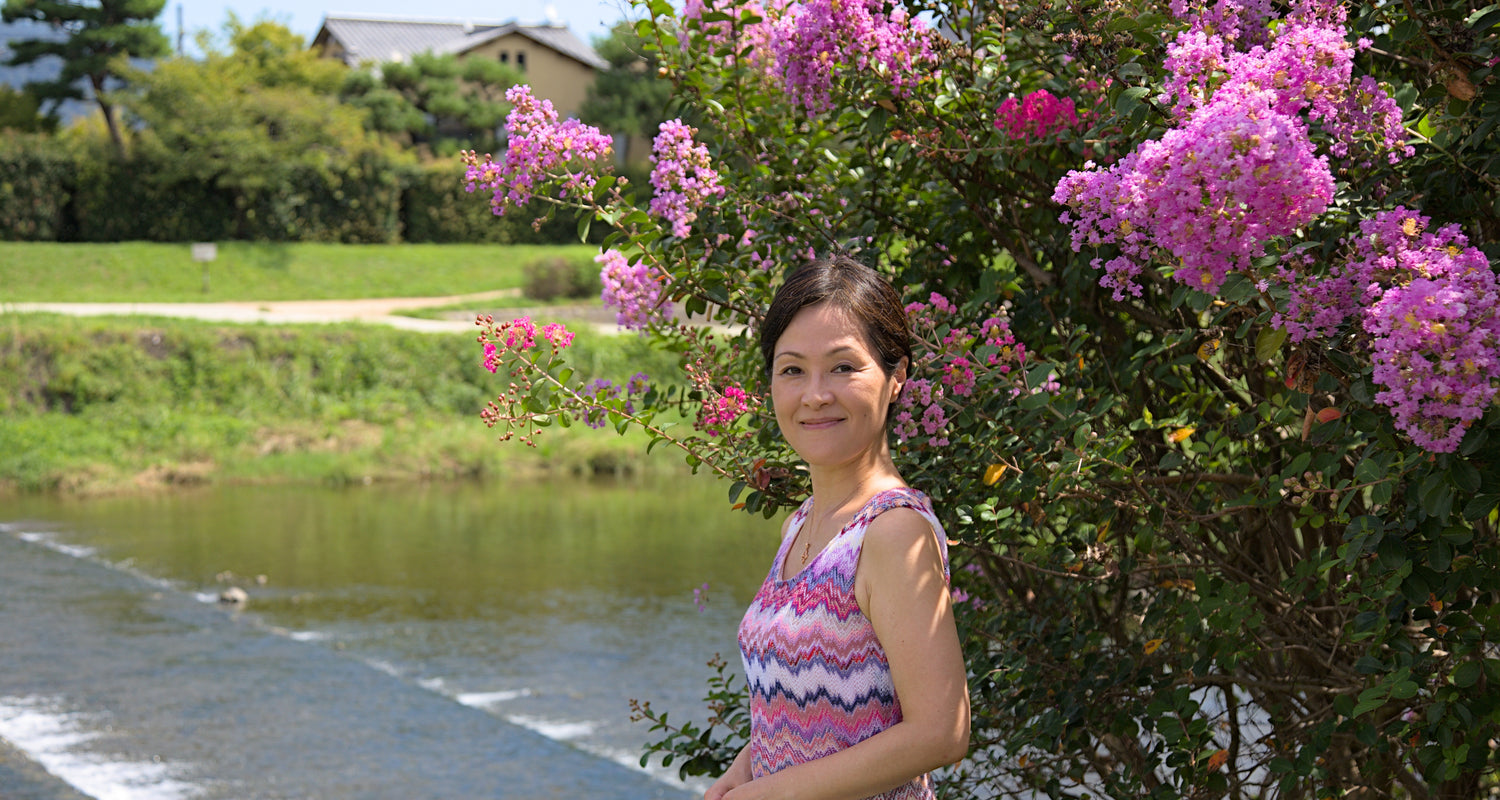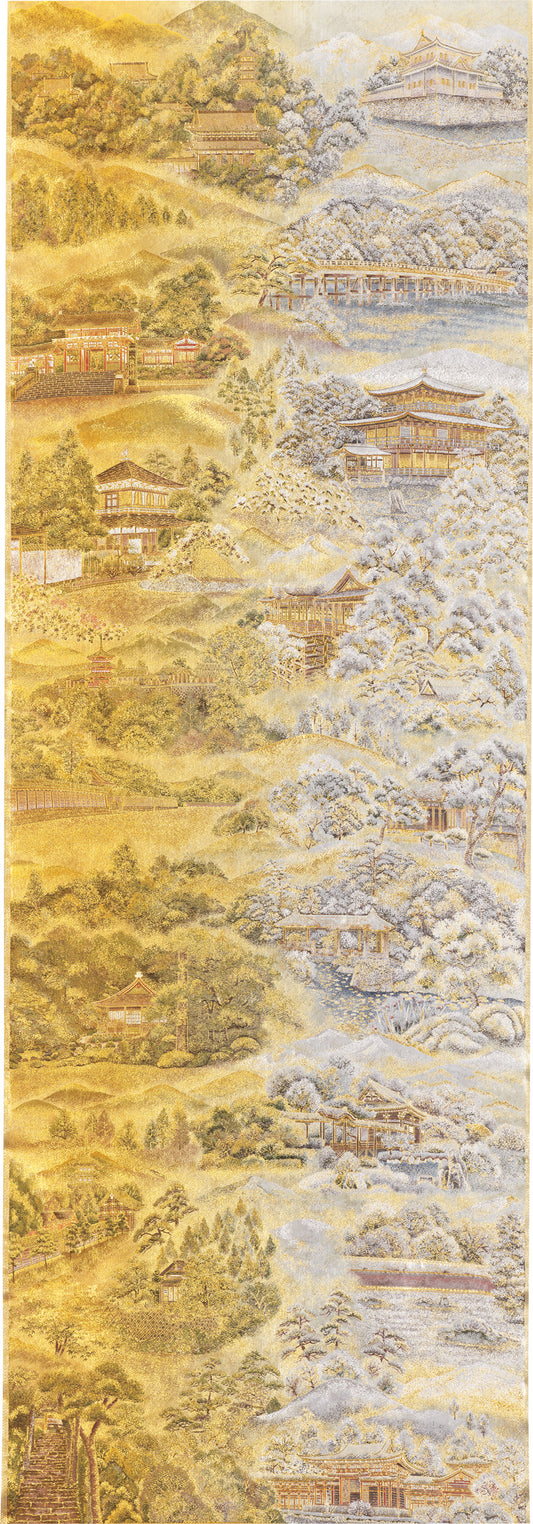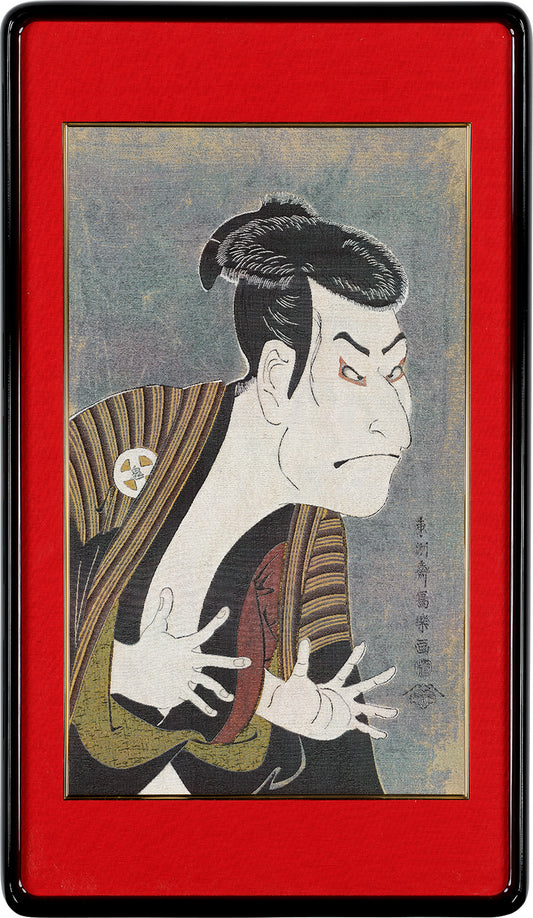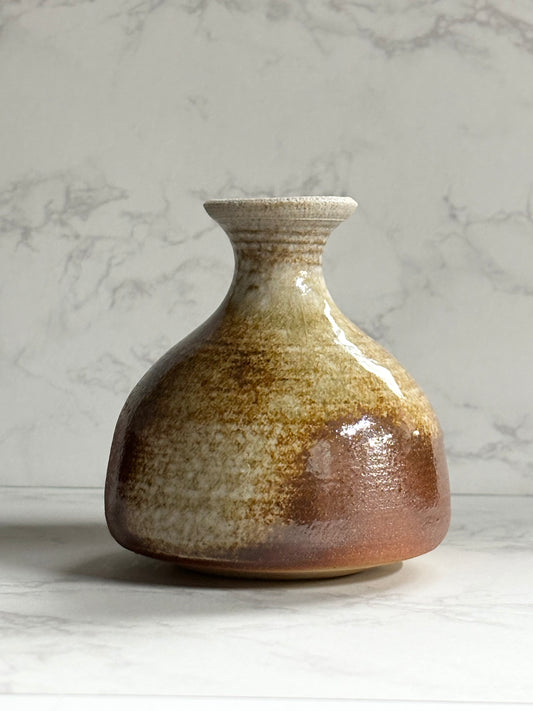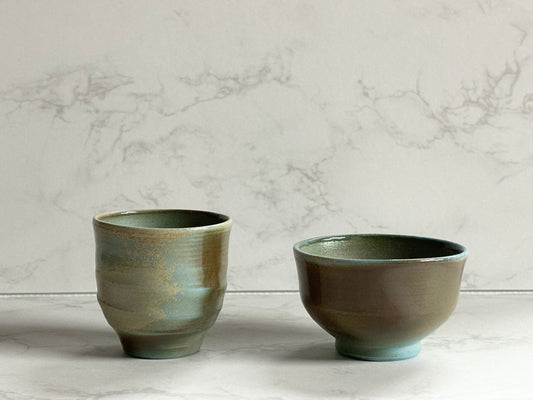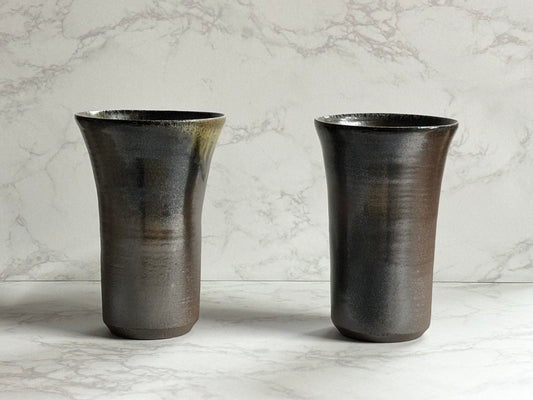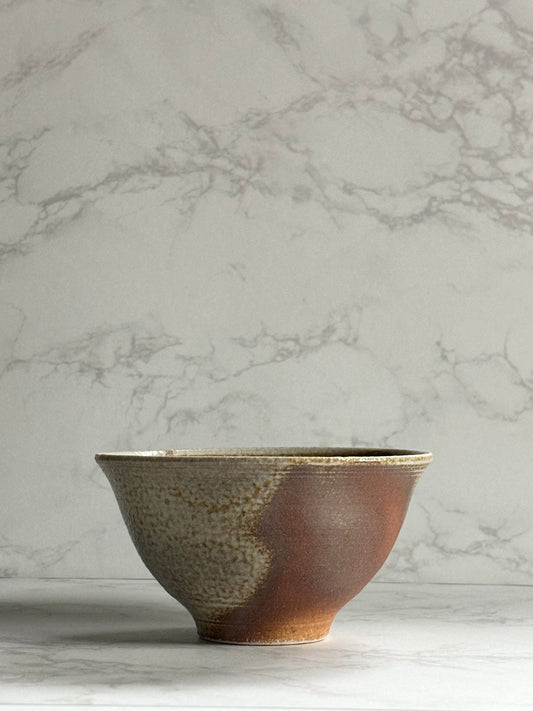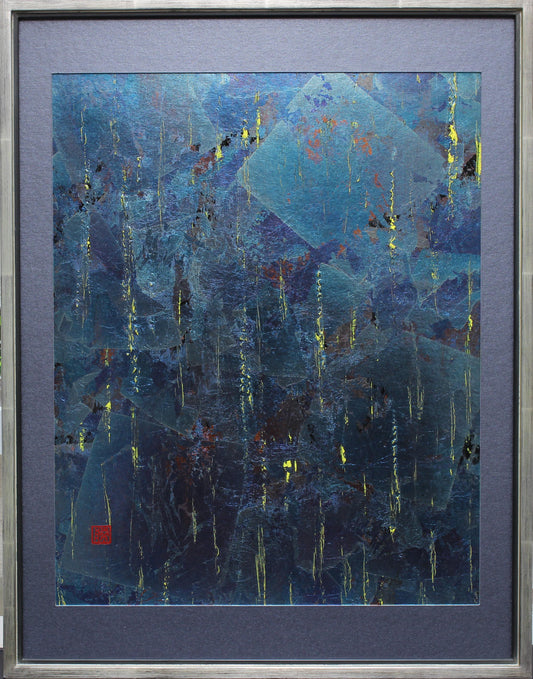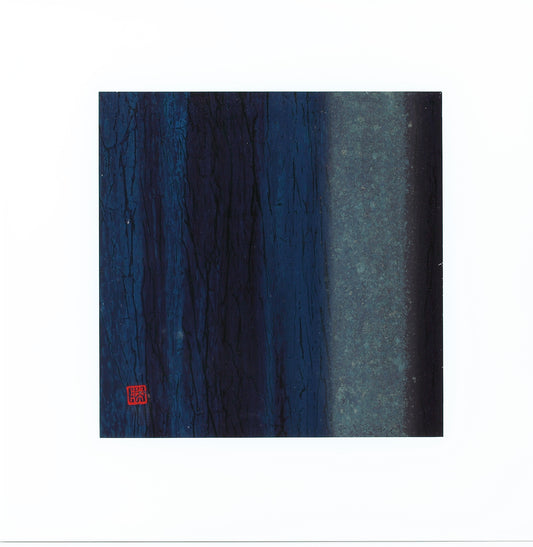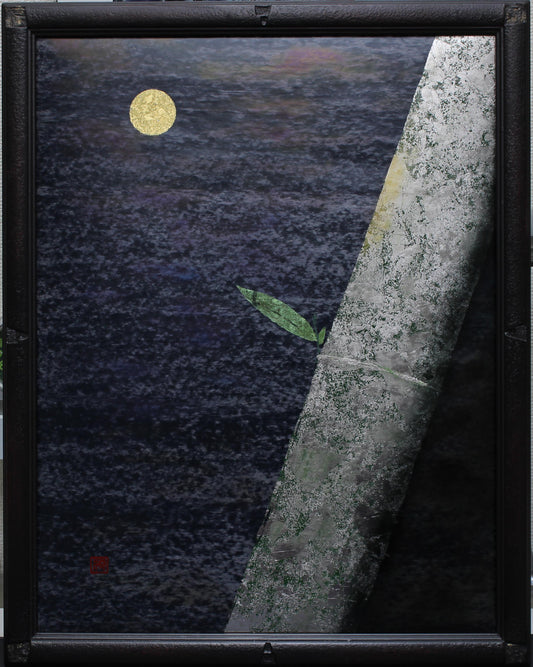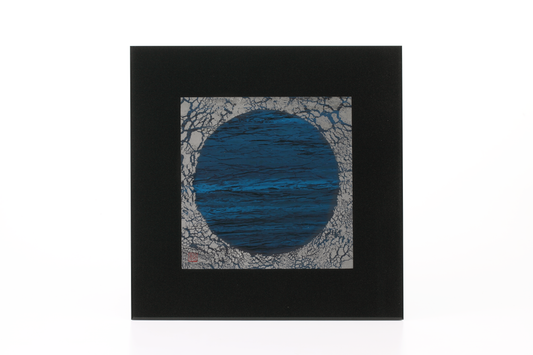Insatiable Curiosity, Drive for Excellence —Craftsmanship, Eternally Human
Luxury as a Way of Being
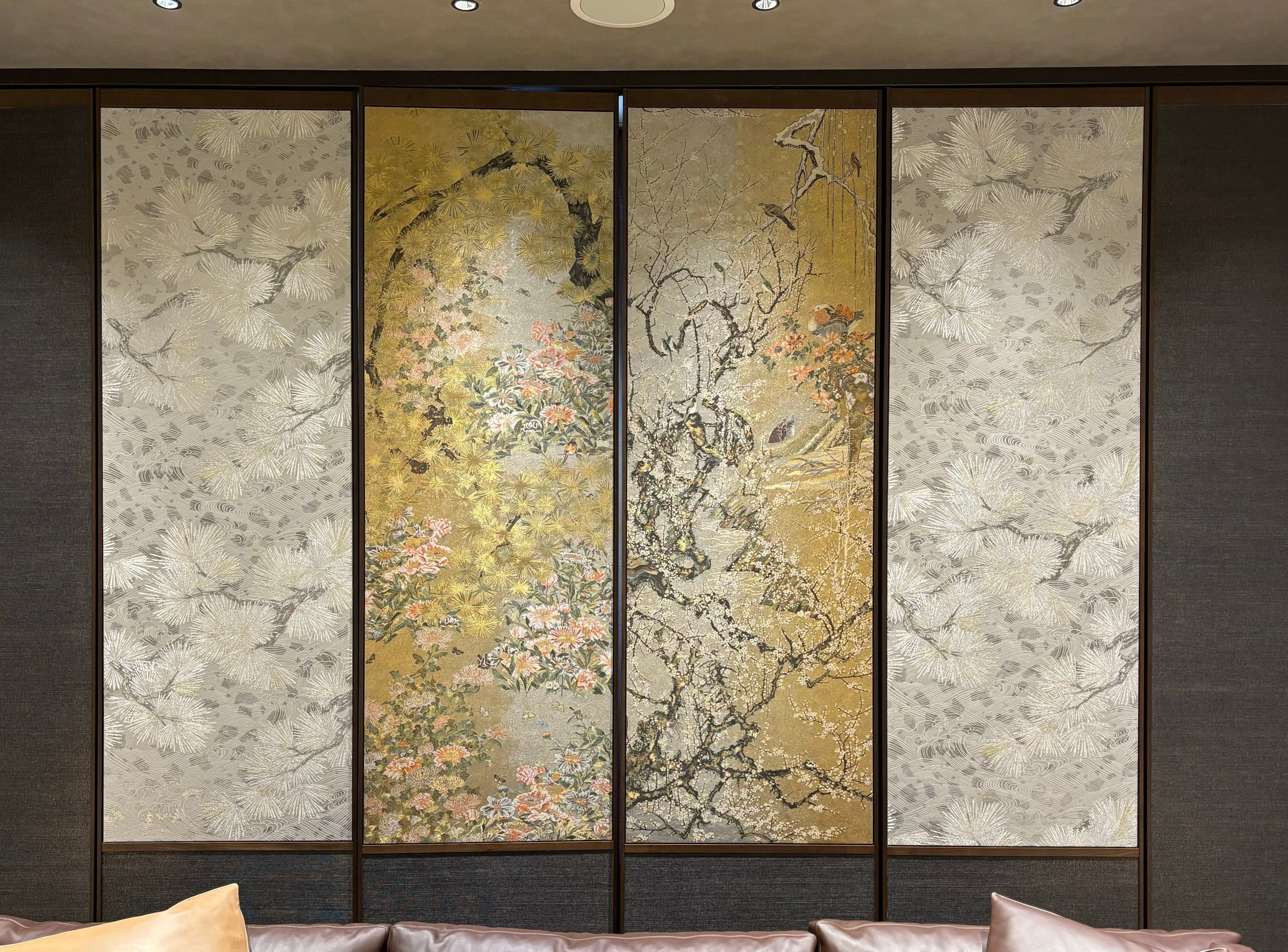
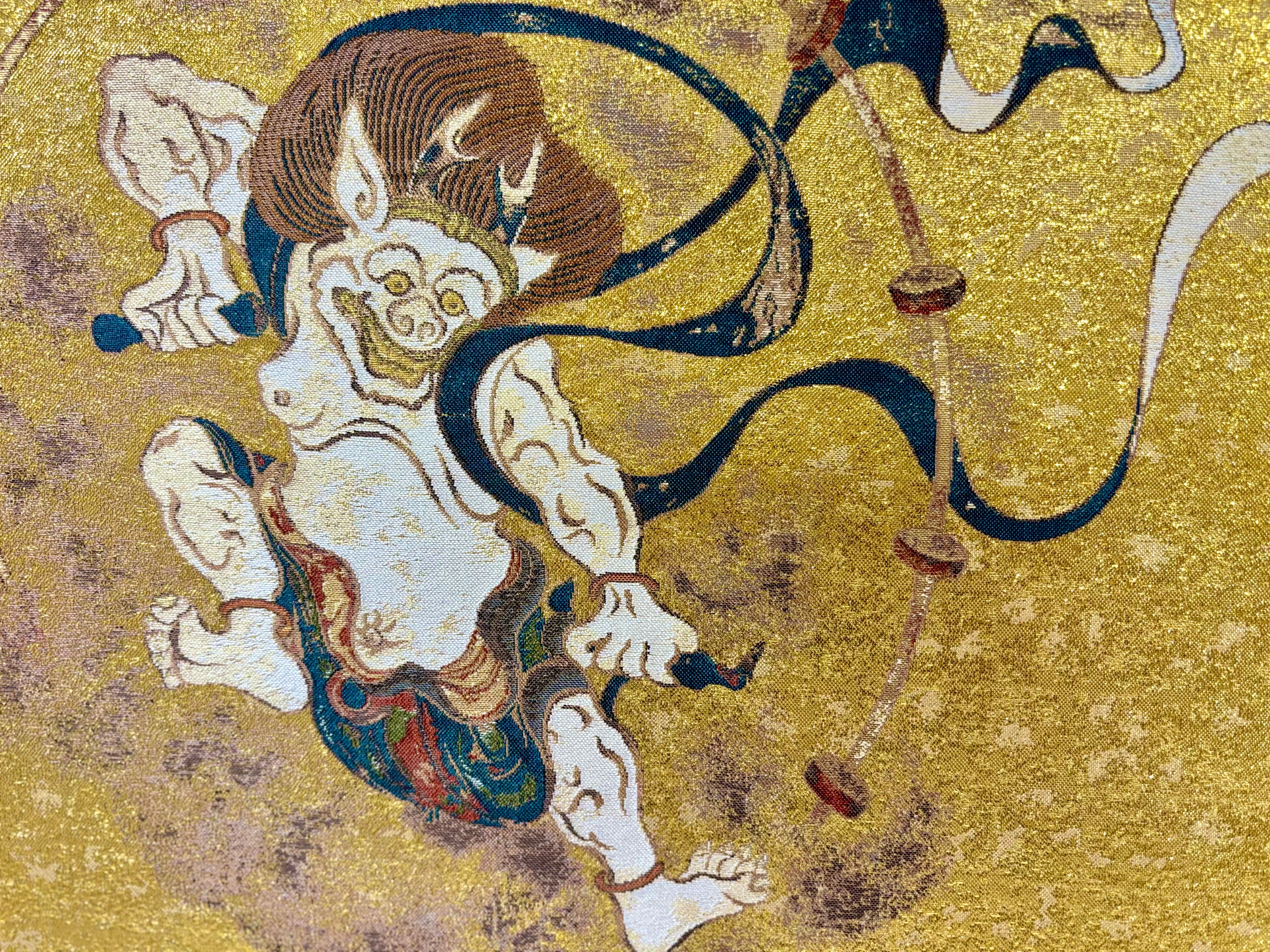
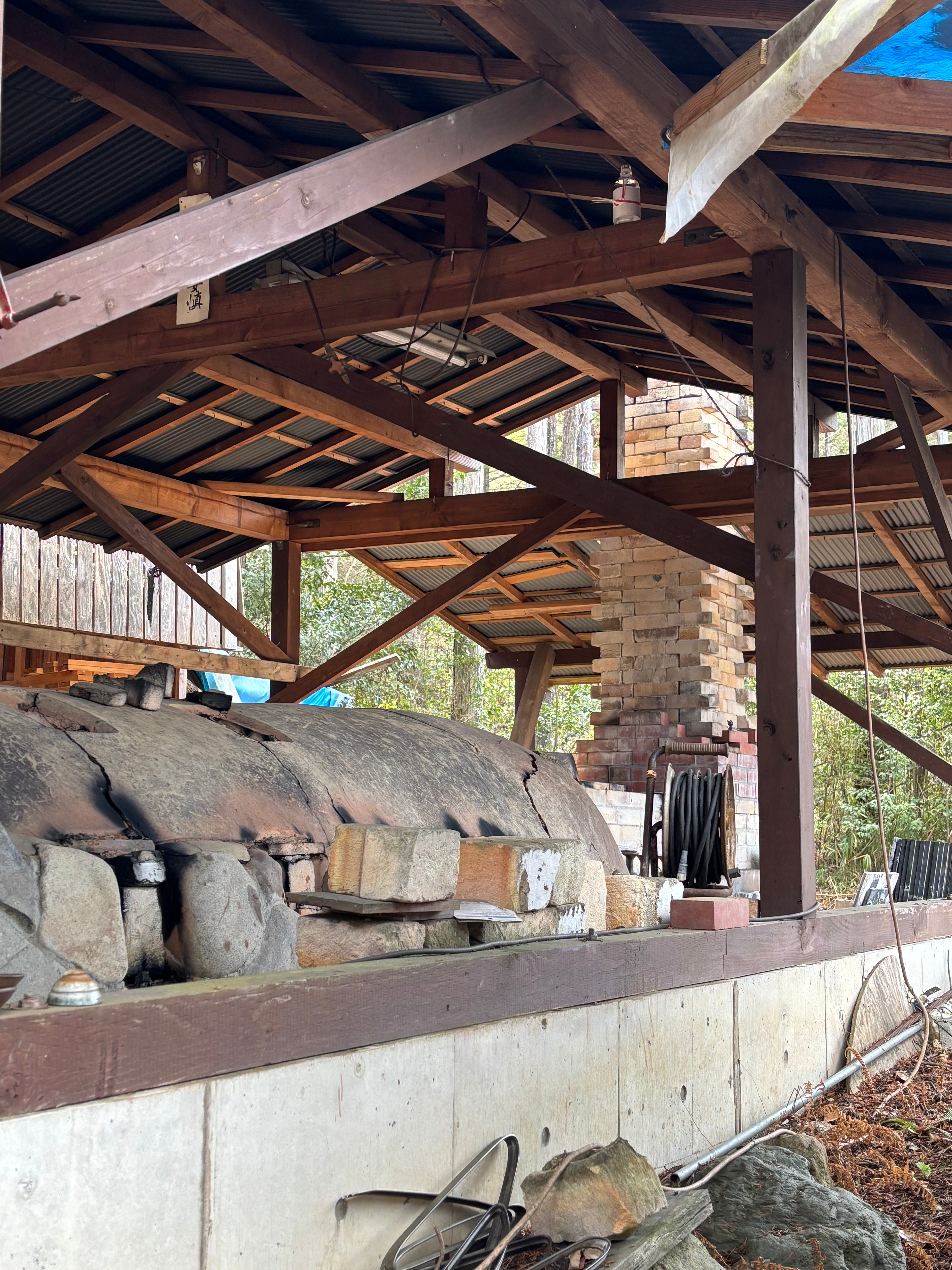
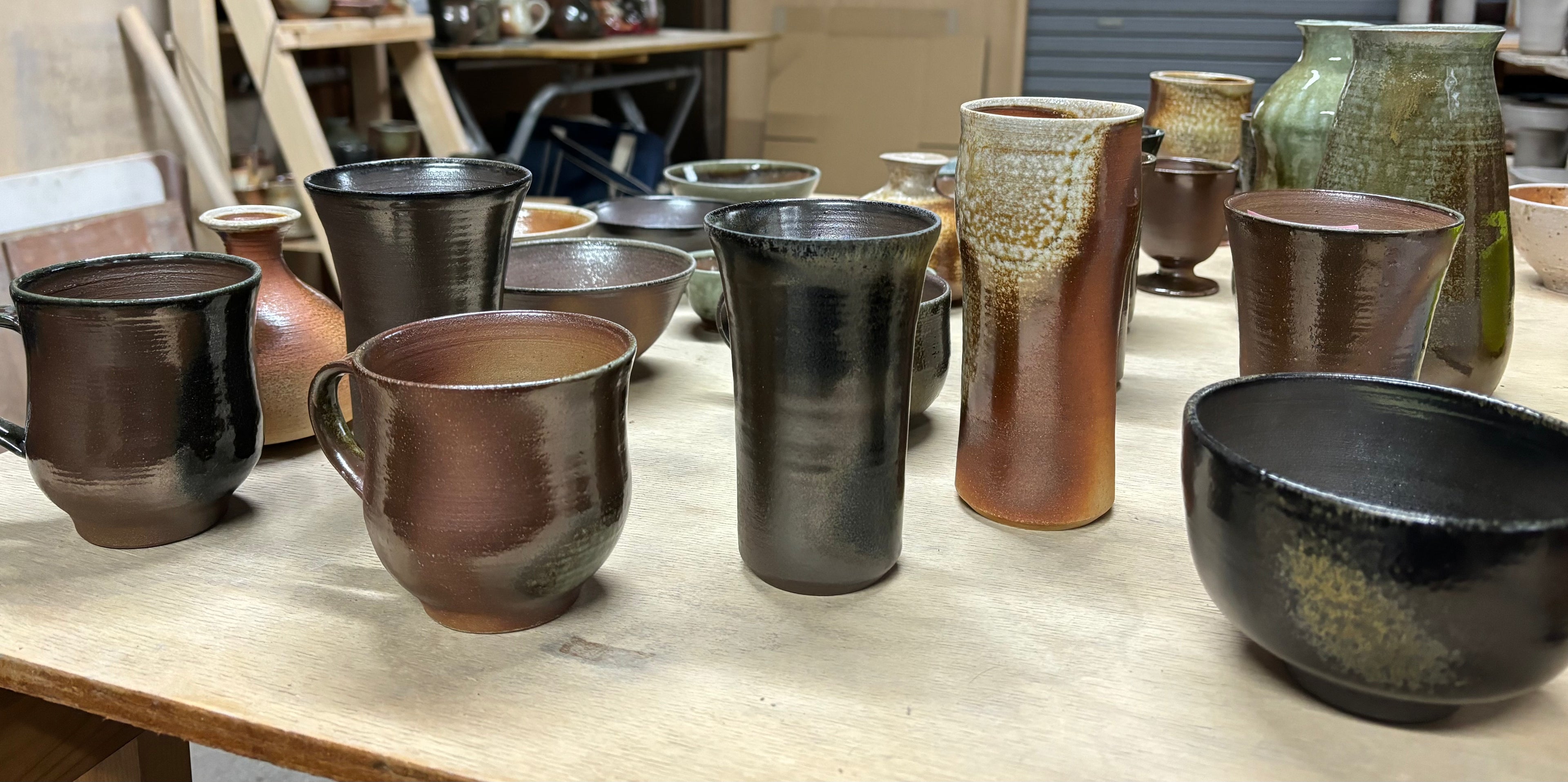
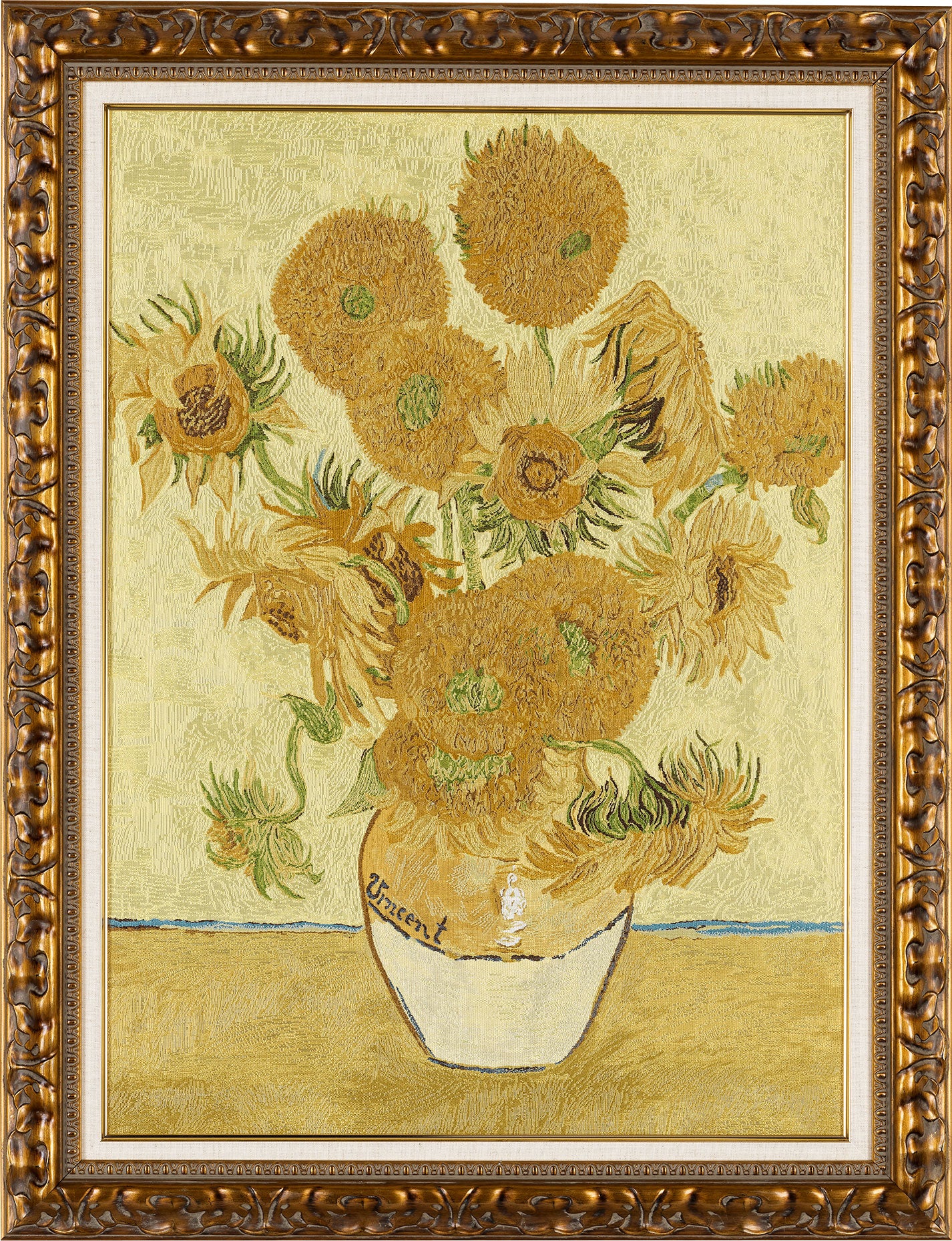
Rui Arts and Crafts
Living in an Age That Asks What It Means to Be Human
As we enter an era of growing interaction with AI, we are inevitably drawn back to a fundamental question: What does it mean to be human? While the question may remain difficult to answer, the desire to create with our hands—to make things not only useful but beautiful, playful, or even inexplicable—seems to be one of the very things that defines our humanity.
And we must not lose the sensitivity to be genuinely moved by something shaped by human hands.
In the world of craftsmanship, where intention and serendipity intertwine, we find expressions that mass production and algorithms can never replicate. We believe that within this realm lies a key to rediscovering our humanity in the age of AI.
There is, without doubt, an authentic beauty that resides in crafted objects. Yet, craft is not merely a pursuit of authenticity. It springs from something more instinctive—an irrepressible urge from within: the joy of making, the thirst for exploration, the drive for excellence, the longing for beauty. These are universal human impulses, making craft not an exclusive realm for those with the capacity to recognize the authentic, but something inherently inclusive.
Through traditional craft, we seek to offer a moment to reflect on the essence of being human. We continue to create with the hope of restoring a sense of humanity and aesthetic sensitivity in our society.
Nishijin Brocade Premium Woven Artworks (Luxury)
Woven with the finest silk adorned with genuine gold and platinum leaf, accompanied by certificates of analysis.
-
Itō Jakuchū "Sunrise phoenix"
Regular price ¥858,000 JPYRegular price -
Poetry of Kyoto
Regular price ¥748,000 JPYRegular price -
Tōshūsai Sharaku "Otani Oniji"
Regular price ¥418,000 JPYRegular price
Kikyo Gama: Elegance of Yakishime: Glossy Natural Glaze and Mystical Hues of Anagama-Kiln-Fired Pottery
Only Kikyo Gama can achieve this radiance with natural glaze alone. Unlike other Yakishime pottery, it boasts such thinness and lightness. Enjoy the fusion of tradition and innovation.
-
Sake Ware: Tokkuri
Regular price ¥13,200 JPYRegular price -
Sake Vessel: Sake Cups Pair
Regular price ¥26,400 JPYRegular price -
Sake Vessel: Beer Tumbler Pair
Regular price ¥11,000 JPYRegular price -
Bowl (Medium)
Regular price ¥4,180 JPYRegular price
Hikibaku Art
Enchanting masterpieces by a certified traditional craftsman, created using the intricate Hiki-baku technique of Nishijin Weaving, evoking a dreamlike atmosphere.
-
Lacquer and Foil Art "Summer Rain"
Regular price ¥330,000 JPYRegular price -
Lacquer and Foil Art "Azure"
Regular price ¥88,000 JPYRegular price -
Lacquer and Foil Art "Shining"
Regular price ¥330,000 JPYRegular price -
Lacquer and Foil Art "Blue Moon"
Regular price ¥88,000 JPYRegular price
-
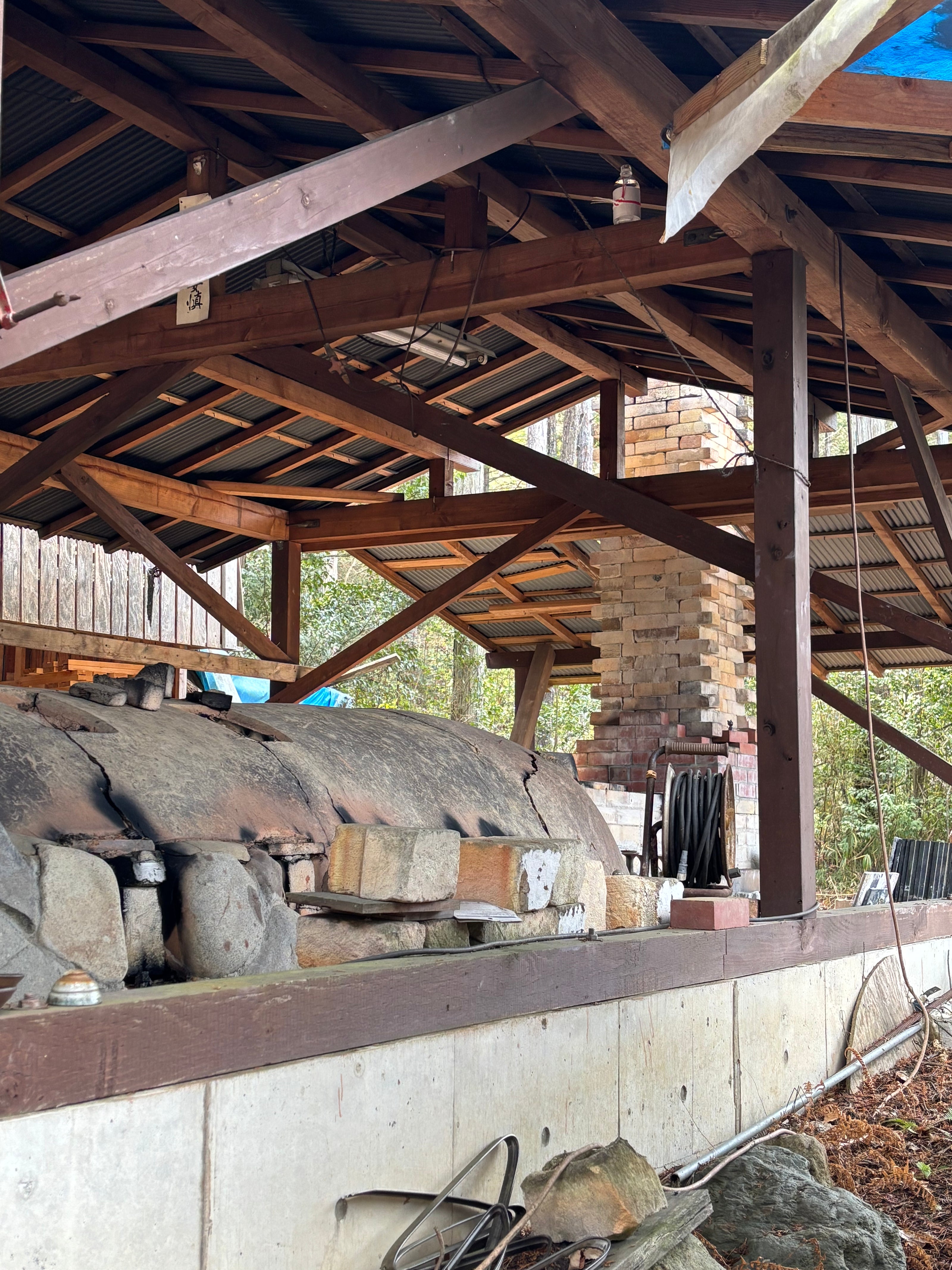
Kikyo Gama Tour: Explore an Anagama Kiln and Yakishime Art
More InformationAre you interested in visiting the traditional Anagama kiln and Yakishime workshop and viewing the complete collection of female potter Emu Nakai?
If you don’t have enough time for the two-hour pottery experience but would still like to tour her kiln, workshop, and collection, we offer a simpler guided tour.
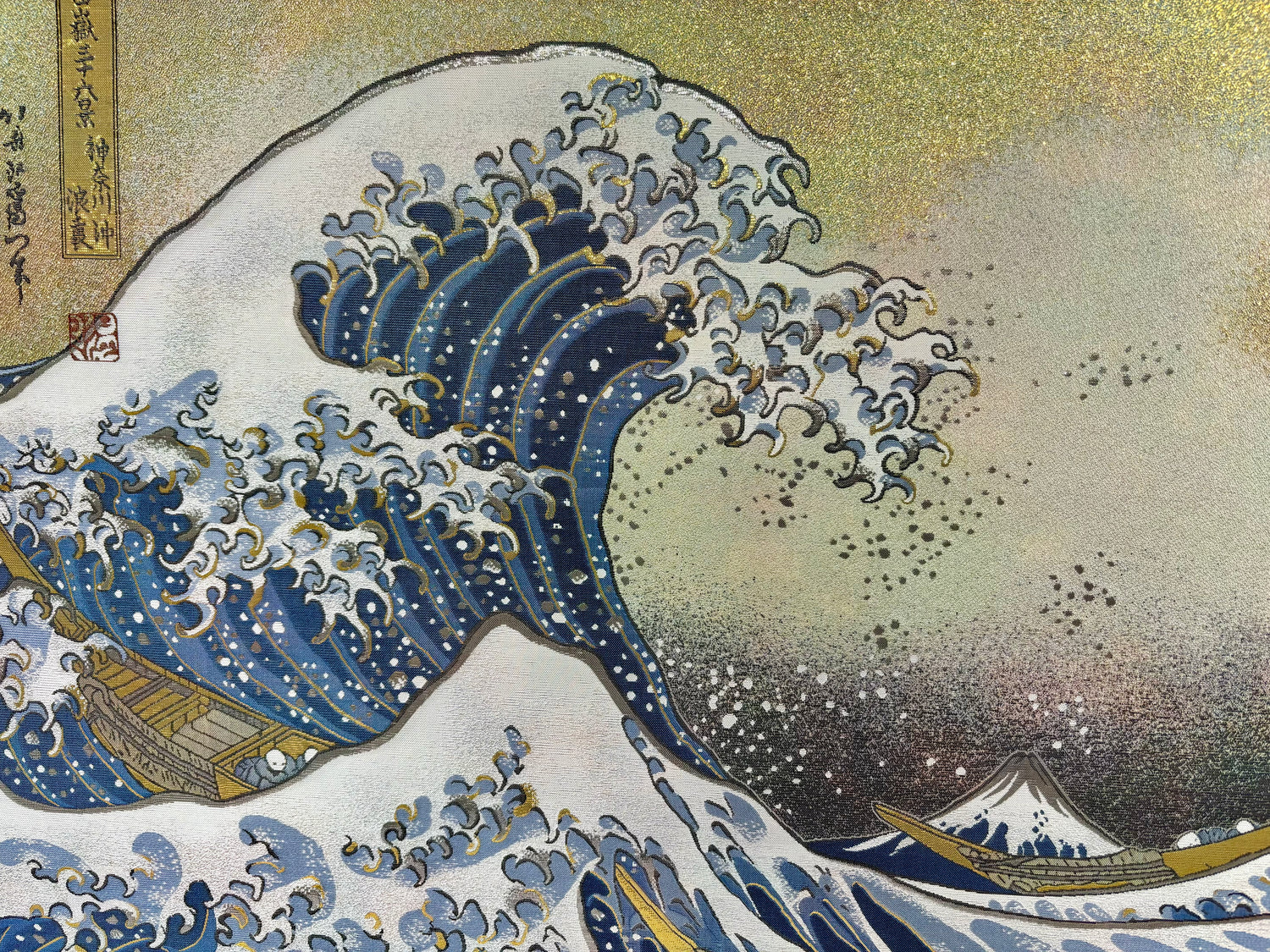
Fabric
Nishijin Brocade Luxury Artworks
For over a millennium, Nishijin weaving has been dedicated to crafting opulent attire for imperial and aristocratic elites, prioritizing beauty above all else, regardless of the time and resources required. This venerable tradition has continuously evolved to relentlessly pursue excellence and creativity.
One of the roles of Nishijin-ori as a traditional craft is to convey Kyoto's aesthetic consciousness, which it has absorbed over its long history, using the finest techniques available today. Paradoxically, what supports this is an insatiable desire to explore unknown worlds and advance technology—such as interpreting Western paintings through Nishijin textiles or adopting the latest innovations. While continuing to produce Maru-Obi with traditional Japanese motifs, Nishijin-ori also incorporates designs and color sensibilities from other cultures. An openness to other cultures and a forward-looking mindset are what truly preserve tradition.
Our collection encompasses a diverse array of works, from the most exquisite Maru-obi to accessible interior items. We invite you to explore our offerings.

Pottery
Kikyo Gama
Normally, "Yakishime," unglazed fired pottery in a wood-fired kiln, is thick and rough on the surface, and its robustness is part of its charm. However, pottery of Kikyo Gama exhibits a solid but elegant quality. Natural glaze and time-consuming polishing work after firing produce landscapes and luster that reflect the delicate aesthetics of Yakishime artist, Emu Nakai. Female artists are still quite rare among Yakishime artists, as Yakishime requires physically hard work.
Fired in a self-made wood-fired kiln at temperatures exceeding 1000 degrees Celsius for three days, these pieces are finished solely through the power of nature, without any artificial ash spraying. Each piece is unique in shape and scenery, possessing its own distinct charm.
Because the artist wants many people to use it, she spares no time and effort to create each item with possible low cost. She does much of works even cutting firewood herself. Her passion is simply amazing. Please read the story for more details.
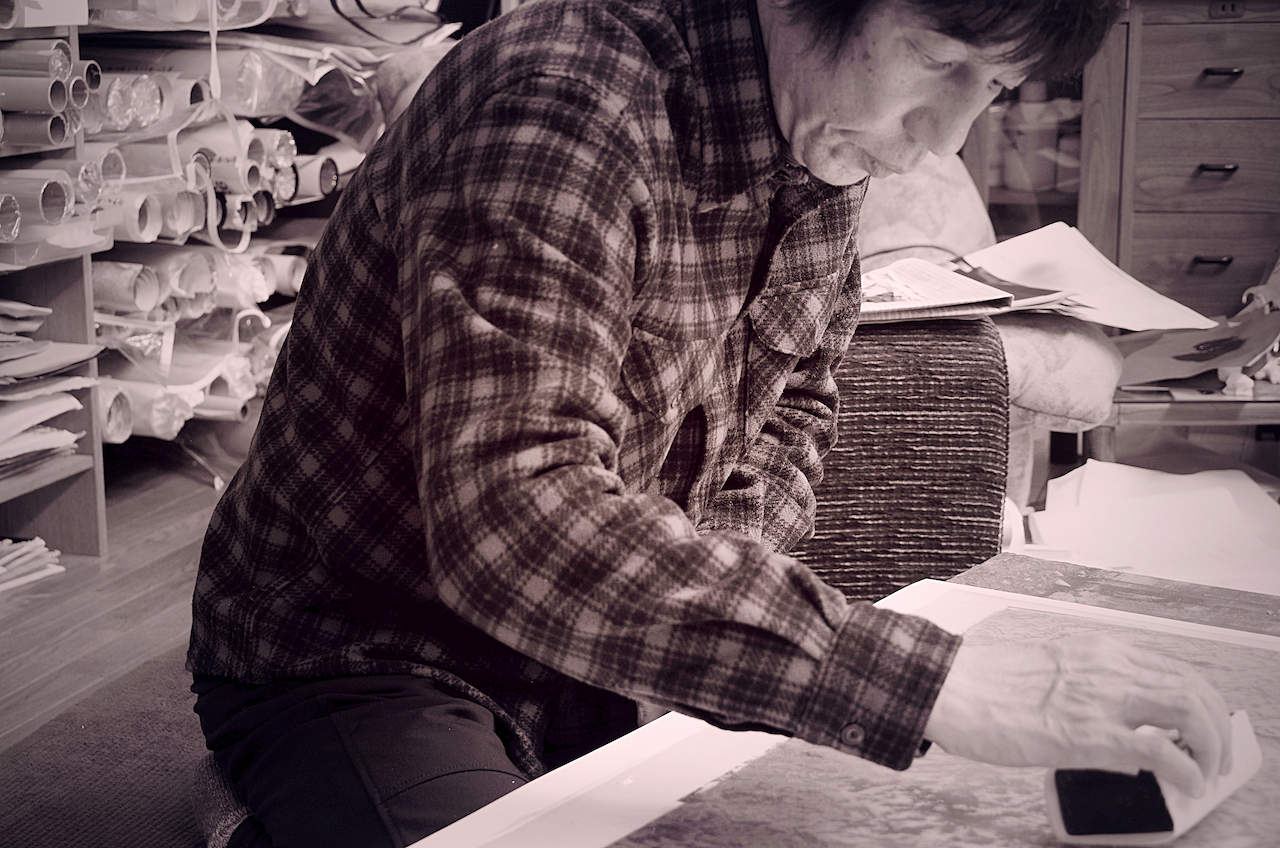
Lacquer Gold Leaf Craft
Certified Traditional Craftsman Masaru Matsui
Hikibaku is a sophisticated decorative technique integral to Nishijin weaving. It involves sealing washi paper with lacquer, then embellishing it with gold, silver, or platinum leaf. The lacquered paper is meticulously cut into strips as fine as human hair. These delicate strips are woven into the fabric by pulling them through, which is reflected in the technique's name—'hiki' meaning 'pull' and 'baku' meaning 'lacquer.'
This intricate method not only enhances the fabric's visual appeal but also introduces a unique texture and luster, making it a highly valued aspect of traditional Japanese craftsmanship. Hikibaku's versatility allows it to be used in various applications, from luxurious obi to elegant interior designs and even automobile interiors, highlighting its timeless beauty and adaptability.
Traditional craftsman Masaru Matsui deeply relishes the creative process. In addition to producing Hikibaku for obi, he pursues his own artistic endeavors, continuously contributing to this refined art form.
Story
History of Nishijin Textile
Origin of Nishijin-ori
Nishijin-ori is a textile that has been developed over approximately 1,500 years in Kyoto's cultural climate. It has its origins in the sericulture and weaving techniques brought by the Hata clan, a powerful immigrant family, who settled in Kyoto around the 4th or 5th century. It has continued to develop alongside various influential cultural elements such as Kyoto's court culture, Buddhist culture, warrior class, and townspeople, and has developed a unique beauty and advanced craftsmanship.
The History of Nishijin-ori (1): The Begining
The History of Nishijin-ori (2): Heian Culture and Nishijin-ori
How Nishijin-ori Got Its Name
Nishijin-ori came to be known as such after the Onin War (1467–1477). During the war, the artisans of Nishijin-ori fled to areas like Osaka and Sakai for safety. After the conflict, they returned and settled in the area where the western army had camped during the war. As a result, the textiles woven there came to be called Nishijin-ori, named after the "west camp."
The History of Nishijin-ori (4) The Origin of the Name
Development of Nishijin-ori
While the silk industry began long before, with Kyoto already serving as a production center during the Heian period, the name 'Nishijin Brocade' emerged only after the Onin War (1476-1477), a devastating civil war that ravaged Kyoto. During the conflict, Nishijin-ori weavers fled to Osaka, but as peace was restored, they returned to Kyoto and resettled in the war-torn Nishijin area—literally meaning 'Western Position.' There, they revived their production and business. Embracing innovative techniques brought from the continent, Nishijin-ori flourished, reaching its zenith during the early Edo period.
However, in the latter half of the Edo period, a series of consecutive famines, fires, and natural disasters destabilized society, and sumptuary laws were frequently enacted. The subsequent relocation of the capital to Tokyo during the Meiji era further contributed to a decline, leading to a critical downturn. Yet, the industry experienced a revival with the introduction of the Jacquard loom from Lyon, France, which breathed new life into this traditional craft.
The History of Nishijin-ori (3): The Era of the Warriors
The History of Nishijin-ori (5): In Full Bloom (Edo Period 1603 - 1868)
New Path for Nishijin-ori
The introduction of Jacquard looms dramatically accelerated the weaving process, enabling the production of a more diverse array of high-quality textiles. Although this innovation initially spurred increased demand, the tradition of wearing kimono waned, particularly after World War II, leading to a decline in consumption. Consequently, the once vibrant sounds of weaving in the Nishijin area have grown increasingly rare.
Today, in order to preserve this rich heritage, they are pioneering new avenues by adapting Nishijin textiles into a variety of products, including ties, accessories, interior textiles, and refined décor. Our products reimagine Nishijin textiles, seamlessly blending traditional techniques with modern technology and innovative designs to create exquisite decorative pieces for the interior.
The History of Nishijin-ori (7): Kyoto after the Restoration
The History of Nishijin-ori (8): 20th Century and the Future
1800 Needle Jacquard Loom: Tradition, Technology and Future
1800 Needle Jacquard Loom
The 1800-needle Jacquard loom is the latest Jacquard weaving machine employed for the finest Nishijin products. While a typical Jacquard loom weaves approximately 900 warp and weft intersections per 30 centimeters, known as the 900 weave, Asagi’s loom doubles this to 1800 intersections. This increase results in over four times the fineness of weaving within a 30 square centimeter frame. Such precision enables the depiction of curved lines and intricate details that were previously unattainable.
Although the weaving is predominantly performed by the loom, the 1800-needle Jacquard loom still demands the expertise of highly skilled artisans.
Moreover, weaving is just one element of Nishijin-ori, as its production is an intricate process that relies on specialized artisans, each possessing advanced techniques and refined sensibilities.The design process, for example, often begins with motifs inspired by original paintings, which are then reimagined through adjustments in size, placement, and color to achieve the highest level of artistry in textile form. The intricate interplay of countless threads requires meticulous construction of colors by blending selected threads. At times, colors different from those in the original artwork are intentionally chosen to achieve a balanced visual harmony in the woven piece.
This process represents a masterful orchestration of color sensibilities and compositional balance, guiding all subsequent stages, including thread creation and dyeing, to ensure the finest results. The entire production is akin to a symphony, with the weaving factory serving as the conductor, bringing together the artistry and precision that define Nishijin-ori.
To learn more about the development of Nishijin weaving techniques, please visit our blog.
The Technology of Nishijin Weaving (1): The Evolution of the Loom
Tradition and Future
Despite the current decline in demand for kimono, making it financially challenging to sustain the business, Nishijin artisans remain unwavering in their dedication to heritage, aesthetic value, and the significance of Japanese arts and crafts. To safeguard tradition, one must embrace new values, technologies, and aesthetics while maintaining a connection to the core principles of Nishijin-ori. Artisans of Nishijin-ori perpetually refine their skills by experimenting with new expressions, such as Western Impressionist art forms. They are always flexible and adapt to the demands of the real world, which is why Nishijin-ori has survived over a millennium. Tradition is an evolving entity; its longevity lies in its adaptability.
The unparalleled beauty and craftsmanship of Nishijin-ori evoke a profound sense of reverence in those who behold them. Each piece of Nishijin-ori transcends mere product status, emerging as a work of art imbued with the warmth of history and the touch of human hands. These handcrafted textiles forge a tangible connection to the past, encapsulating centuries of tradition and expertise while integrating digital technologies in processes such as the creation of weaving charts. They stand as a testament to the harmonious interplay of tradition and innovation, illustrating the potential of technology to enhance, rather than supplant, artisanal skills.
Kikyo Gama
Elegance to Yakishime Pottery
Emu Nakai, a female ceramic artist, has been fascinated by pottery since she was a high school student. After graduating from Kyoto College of Traditional Crafts, she apprenticed under a Tanba-yaki potter for five years before becoming independent.
In an era where many use small gas kilns, Emu chose to start Kikyo Gama, which is a self-made kiln that fires at high temperatures in the old-fashioned way, cutting wood deep in the mountains with her family. She researched kiln construction in libraries since her student days, embodying the ethos of doing everything herself and harboring a strong desire for producing pieces she can be satisfied with.
Emu's works blend seamlessly into anyone's everyday life while reflecting her individuality. Creating glossy and delicate pieces, somewhat unusual for Yakishime pottery, showcases her strong personality and aesthetic sense, leaving a profound impression.
The characteristic lies in its thinness and luster. In contrast to the robust impression often associated with thicker and rougher Yakishime pottery, the deliberate thinness and the beauty of natural glazes produced by firing in traditional high-temperature kilns, with their gloss enhanced through thorough polishing, bring out a particular gracefulness and delicacy not found in other Yakishime pottery.
Her passion is to provide everyday utensils that are affordable and user-friendly. The thoughtful pricing, designing rice bowls to prevent rice grains from sticking, ensuring cups have a comfortable mouthfeel and are easy to hold—all reflect meticulous considerations.
She constantly challenges herself, such as using clay from various regions and experimenting with colours derived from natural sources or pigments mixed into the soil. Currently, she passionately seeks clay from her beloved hometown, Kameoka! She also have a dream of starting a restaurant using her own pottery in the future.
Continuously crafting utensils that resonate with those seeking a life in harmony with nature, Emu Nakai is committed to fostering a culture of mindful living.

Hikibaku: Expanding Artistic Expression with Lacquer and Foil
Hikibaku, a traditional Japanese art form, involves cutting designs created with lacquer and foil on washi paper into hair-thin strips and weaving them to transfer the designs directly onto items such as obi (a traditional Japanese belt). This technique is now finding new possibilities as a decorative design for everyday objects and as a unique art form.
Lacquer: Rich Color and Durability
Lacquer has a naturally brownish hue, which means it cannot produce white. However, by combining primary colors, various other colors can be created, much like paint. When lacquer is applied to washi paper, which has fibers aligned in one direction, the resulting strength surpasses that of fabric. This combination of practicality and artistic quality allows for the addition of original designs to everyday items.
Foil: Noble Luster and Artistic Presence
Foil has long embellished Japanese culture with unparalleled elegance throughout its long history. Notable examples include the intricate maki-e designs that stand out against the lustrous black lacquer background, and the resplendent gold foil that adorns entire folding screens, such as the renowned "Wind God and Thunder God" screens. These exemplify the profound and majestic essence of Japanese aesthetics. The appearance of foil changes dramatically with the angle of light. Beyond pure gold foil, there exists a rich palette of colors, and the techniques for shaping and applying foil are remarkably diverse. It can be powdered, fragmented into larger pieces, blown, pressed, or intricately combined with lacquer to create layered effects, allowing the foil to subtly emerge from beneath the surface. This versatility facilitates highly nuanced and sophisticated expressions.
Please take a look at the original works of Hikibaku artist Masaru Matsui.
Q&A
-
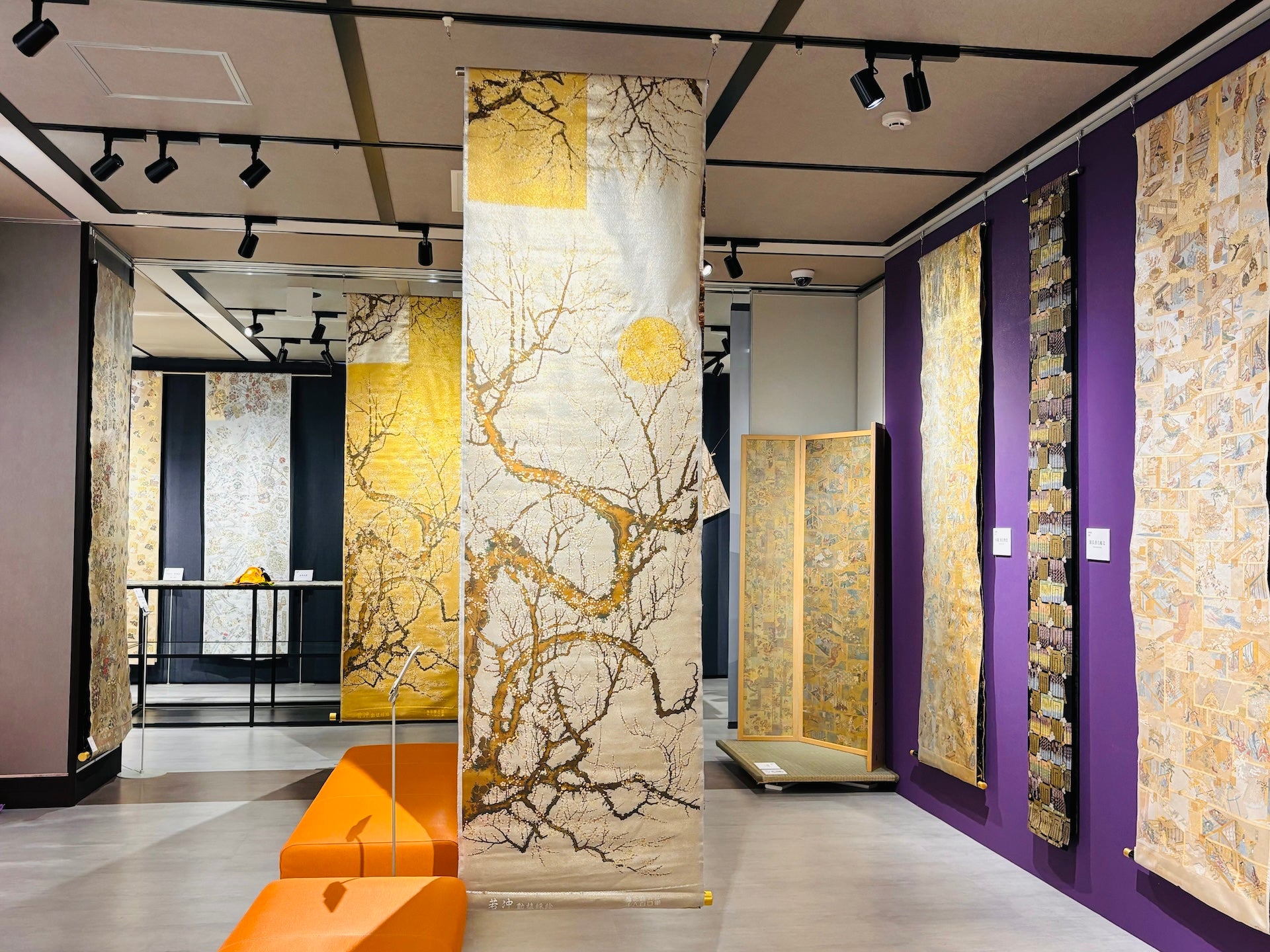
Is Nishijin-ori Durable?
Nishijin-ori is highly durable, as it is traditionally crafted to be passed down through three generations. Originally made for obi and kimono, it is designed to withstand the demands of regular use. As long as direct sunlight and extreme humidity or temperature are avoided, there should be no issues displaying these exquisite pieces in your everyday living space.
We meticulously dye the "6A grade" fabric from Brazil Bratac, 90% of which is also used by a famous French brand, ensuring colourfastness.
-
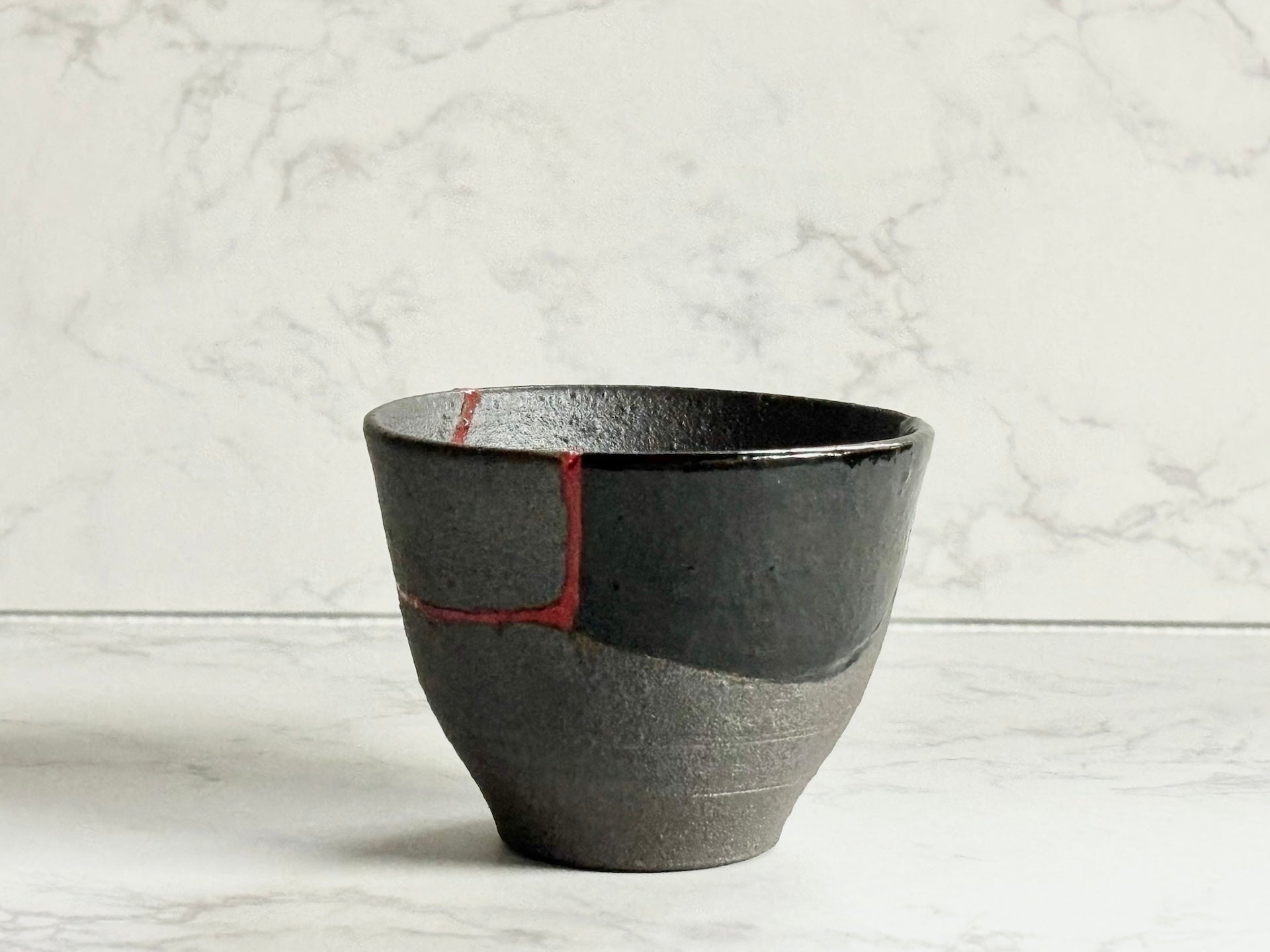
What If Pottery Breaks?
Some people hesitate to purchase pottery because they think of the disappointment they would feel if their favorite pottery broke or chipped. However, if pottery is broken, it can be reborn into a different vessel!
The photo shows a repaired sake cup at Kikyo Gama with lacquer. While there is a option of "Kintsugi", which is a little costly technique to repair pottery using lacquer mixed with powdered gold, silver, or platinum, using lacquer alone can also create a different charm. This example has been transformed into a modern sake cup by adding black lacquer to enhance the design.
Pottery vessels have a life of their own. The more you use it, the more it changes, and even damage becomes a part of that transformation and charm. Pottery vessels are suited for a lifestyle where one values using and cherishing items for a long time.
-
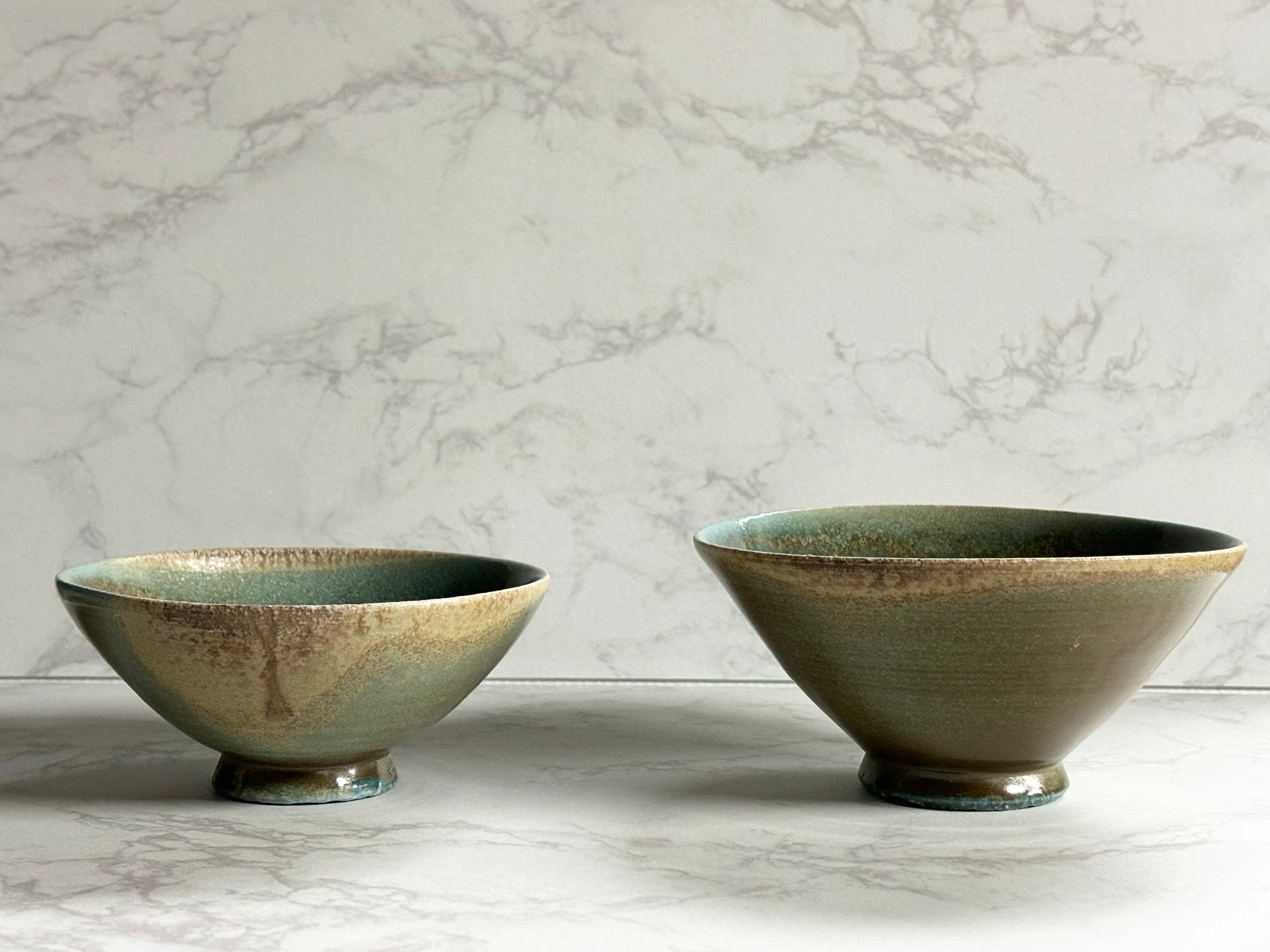
Is the Actual Item the Same as in the Photo?
The photo and the actual items are not exactly the same. Colours may vary slightly depending on the photography environment and your device settings. In addition, items at 'Rui Arts and Crafts' are characterized by the gold leaf of Nishijin-ori and the natural glaze of pottery by Kikyo Gama, which reflect light amazingly and change their appearance depending on the angle. Photographs can only capture a moment in time, but if we deliberately suppress its brilliance, we can not convey the beauty of the work. We try to show you the three-dimensional effect by adding videos as much as possible, but if you have any questions, please feel free to contact us via email or chat.
-
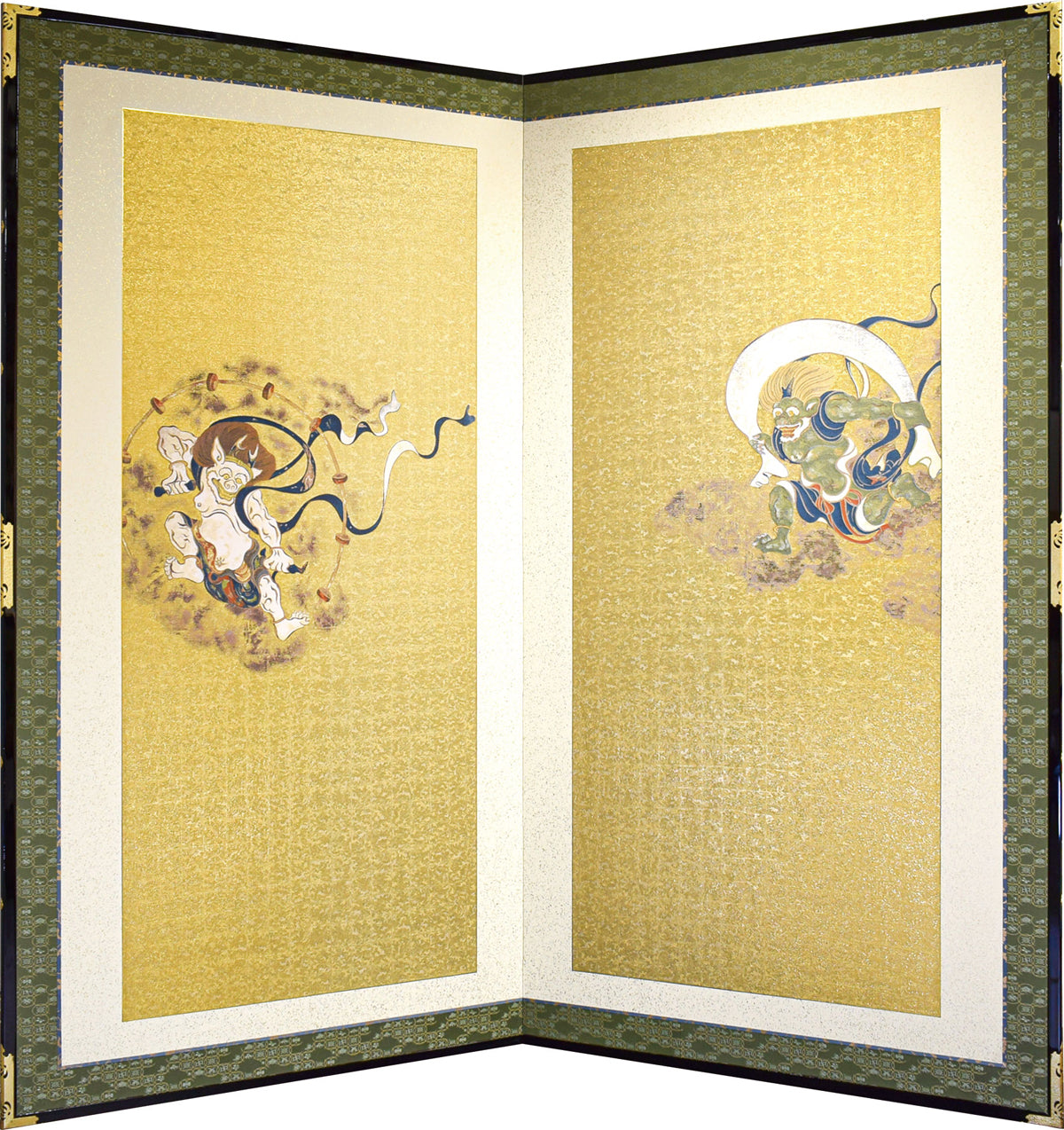
Are Nishijin Ultra-Fine Woven Artworks Replicas of Famous Ukiyo-e or Impressionist Paintings?
The fine woven artwork produced by Nishijin artisans are not mere replicas of famous paintings. Exquisite obi patterns draw inspiration from original artworks, modifying motifs in terms of size, color, and arrangement to create something uniquely beautiful. Even when reinterpreting Ukiyo-e or Impressionist paintings, the woven pieces are not intended to be exact replicas. The creation process involves various subtle alterations, particularly in color.
While the potential color variations for dyeing threads are virtually limitless, the number of colored yarns that can be used for a jacquard loom in Nishijin weaving is limited. Instead of using every possible color, Nishijin artisans envision hues by combining a select variety of threads, which interact with each other. This often necessitates choosing different colors from the original artwork to achieve the desired color balance in the woven fabric. These considerations influence every step of the process, requiring an advanced sense of color and composition to orchestrate harmoniously.
